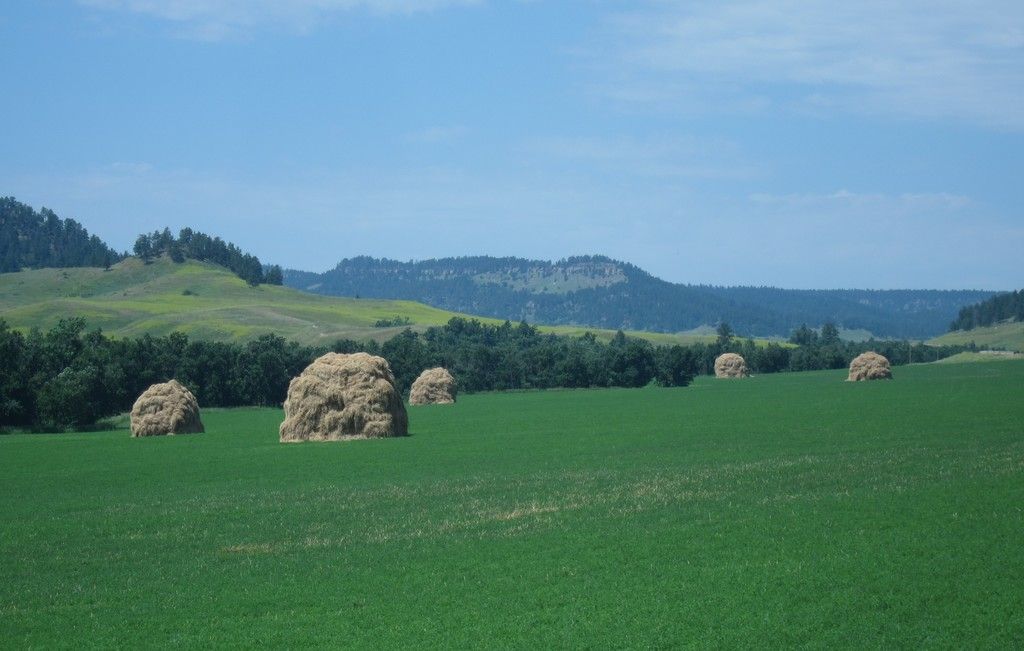Guide for Hilling Potatoes: A Step-by-Step Approach to Mounding Soil Around Potato Plants for Optimal Growth
Growing potatoes isn't just about popping them in the ground and waiting for them to appear. To get the most bang for your spud, you need to learn about earthing up. Here's everything you need to know about this vital technique, whether you're growing potatoes in your garden or a bag.
Earthing Up
Earthing up potatoes is a process that encourages longer underground stems, resulting in more potatoes. It involves covering the plant's base with soil or compost mixture at regular intervals until the container is nearly full.
In warm, moist conditions, potatoes will grow rapidly. When they reach about 10cm tall, it's time to start the earthing up process. Here's how to do it:
In the Garden
- Loosen the soil between the rows using a garden fork.
- Use a rake or spade to form a ridge along the length of the row around the emerging stems of the potatoes. Pile the soil high enough to cover the stems, but leave a shallow trough at the top for water drainage.
In Large Pots or Sacks
Earthing up can take a different approach when you're growing potatoes in large containers. In this case, the plants were initially planted in 10cm of compost at the bottom of the container. As the shoots emerge, gradually add more compost at regular intervals until the container is full. It's crucial to maintain adequate moisture to prevent the potatoes from becoming green due to sunlight exposure.
If you're working with light soil, consider mixing in well-rotted garden or bagged compost to help conserve moisture that swells the tubers. Each earthing up session can occur once or twice more, at 2–3 week intervals for the best crop and to smother competing weeds.
By mastering the art of earthing up, you'll be well on your way to a bountiful harvest of delicious potatoes. Happy growing!
Earthing up, a vital technique for growing potatoes, not only in the garden but also in large pots or sacks, encourages longer underground stems for more potatoes. In the garden, loosen the soil and form a ridge along the rows, covering the stems and leaving a shallow trough for water drainage. Conversely, when growing potatoes in large containers, gradually add more compost as shoots emerge, ensuring regular intervals and maintaining adequate moisture to prevent greening from sunlight exposure.








